FROM THE 18TH TO THE 19TH CENTURY
The history of Château Fortia dates back to the 18th century as demonstrated by manuscripts from the era that mention a small farm occupying the place where the current château can be found.

The estate was acquired by Hercule Paul de Fortia in the middle of the 18th century. It was at this point in time that the reputation of the wine produced by the estate started to grow.
His son, Paul Antoine de Fortia, inherited the estate and decided to expand it, increasing the area of the vineyards and erecting buildings.
It was at this time that the name of the locality “La Fortiasse” first appeared on maps. Thereafter, until the end of the 19th century, the property passed through various hands including those of the Seguin and Gondi families..
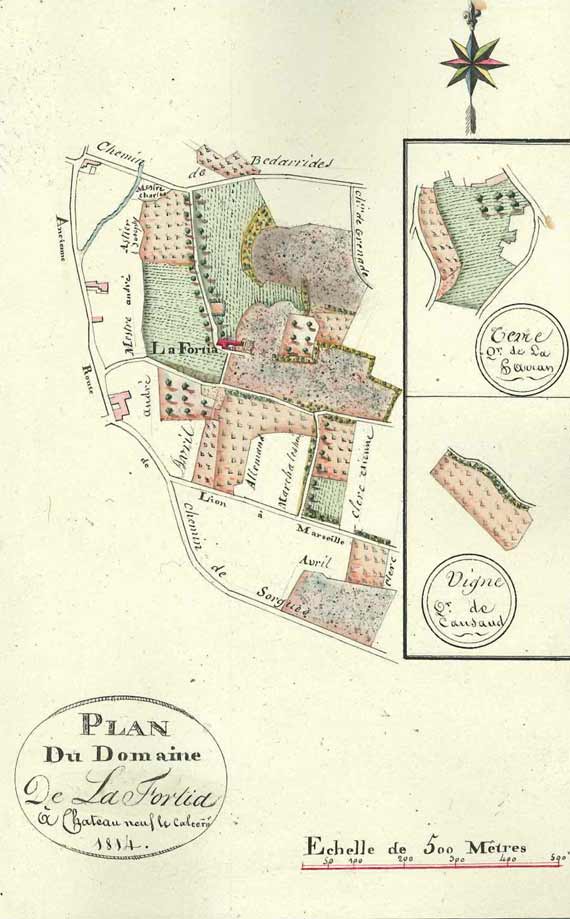

1890
The former director of the Official Journal of the Kingdom of Egypt, Hippolyte Bernard Le Saint, purchased the estate. He took over the reins of the 34-hectare property in order to expand it and improve its structure.
He commissioned building of the current Louis XIII style château and increased the size of the vineyard to 17 hectares, which was an ambitious decision at a time when polyculture was the favoured practice in the region
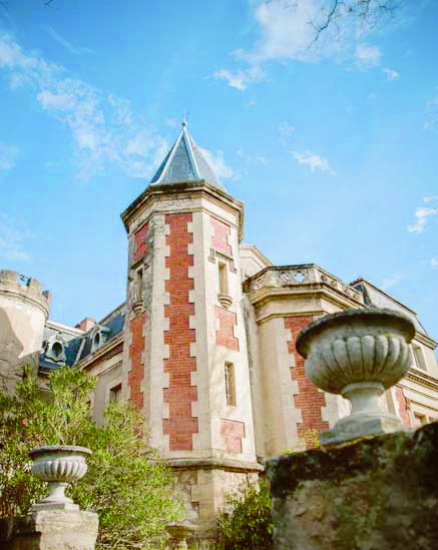
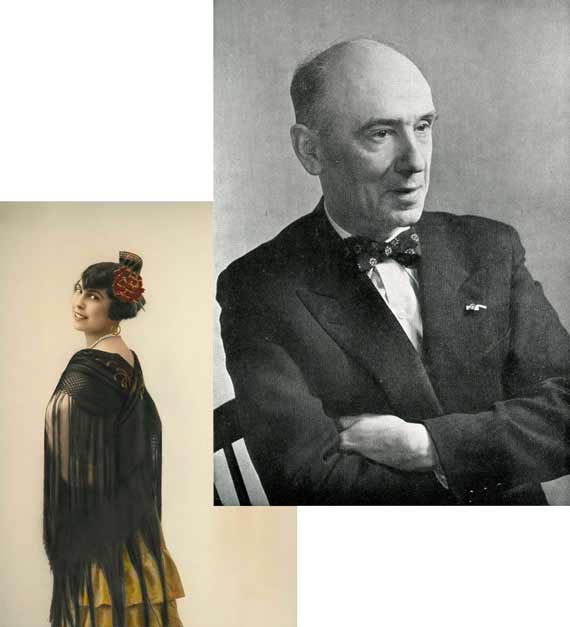
1919
Mrs Bernard Le Saint entrusted her daughter Edmée and her son-in-law Pierre Le Roy de Boiseaumarié, an aviator during the Great War and a lawyer by profession, with managing the estate.
Baron Le Roy was not merely a winemaker in Châteauneuf-du-Pape. He became one of the most eminent figures in the winemaking world, particularly through the role he played in the creation of France’s first Appellation d’Origine Contrôlée (referred to in English as Protected Designation of Origin or PDO): Châteauneuf-du-Pape. Furthermore, until his death in 1967, he held very high office in French winemaking institutions.
THE KEY MOMENTS IN THE CREATION OF FRANCE’S FIRST AOC
Creation of the Syndicat des Vignerons de Châteauneuf-du-Pape winemaking union.
Application of stringent quality criteria in the appellation: designated geographical area, controlled yields, sorting of grapes. “Less wine, but better wine” came to be the motto of Baron Le Roy.
Based on a court decision from 1919, a verdict definitively defined and demarcated the Châteauneuf-du-Pape appellation.
The INAO (French national institute for the designation of origins) was founded by Baron Le Roy and his friend, the former Agriculture Minister Joseph Capus. He was its Chairman from 1947 to 1967.
Châteauneuf-du-Pape became the first AOC in France.
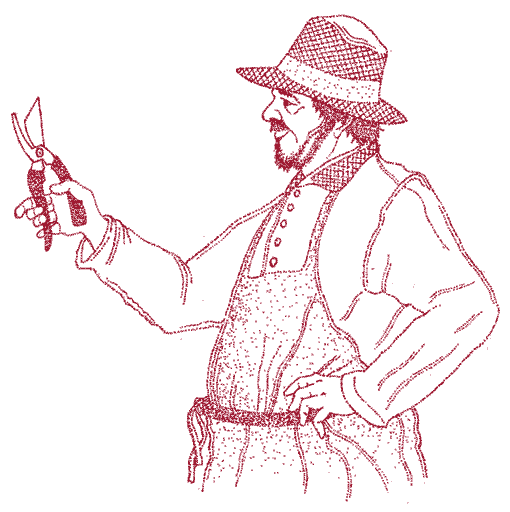
1955
The children of Edmée and Pierre Le Roy, Henry, Viviane and Vivette took charge of running the estate. Henry Le Roy, discrete and modest but a fine winemaker, provided Château Fortia with the means necessary to make a name for its highly-renowned wine abroad.
This brave policy enabled him to expand its market share of exports and further increase the size of the vineyard.

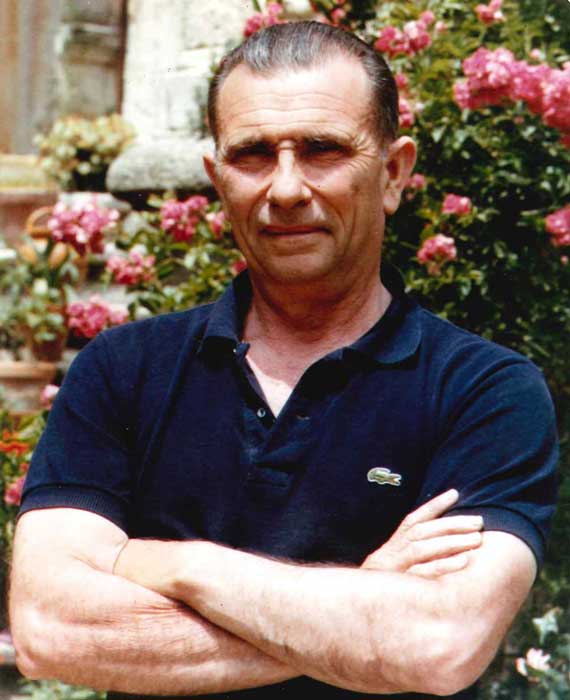
FROM 1994 TO 2003
Bruno Le Roy, Henry’s son, took over from his father and aunts in managing Château Fortia.
Having trained to become an oenologist, he soon acquired the trust of his fellow winemakers who, in May 1995, called on him to become Chairman of the Federation of the Châteauneuf-du-Pape wine producers’ unions, a position in which he remained until 2015.
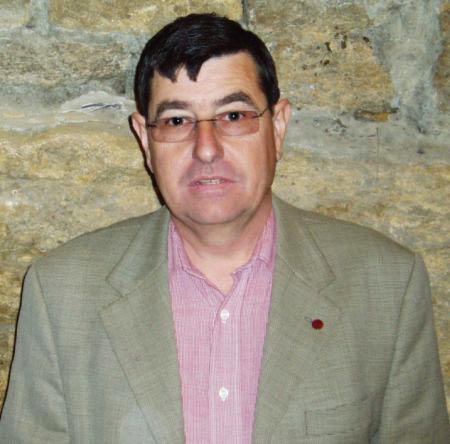

2004
Pierre Pastre, the husband of Henry’s daughter Chantal Le Roy, took on the running of the estate. Striving to continue the tradition of quality, he carried out re-structuring of the estate: in-depth soil studies, renewal of the vineyards and modernisation of the winemaking cellars.
In 2016, Pierre Pastre decided to take a step back and wind gently down to retirement by recruiting two people driven by their passion for the world of wine.

